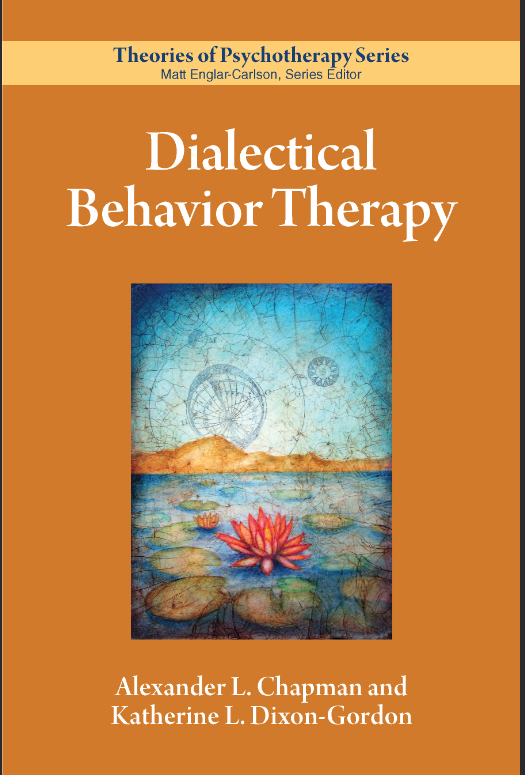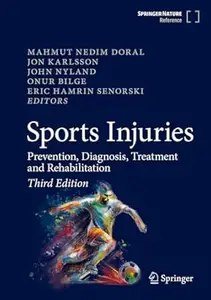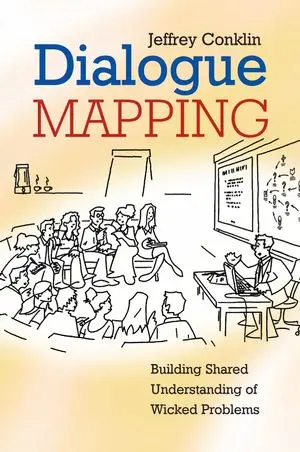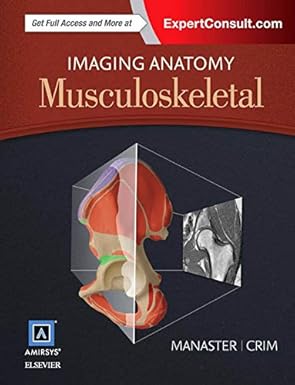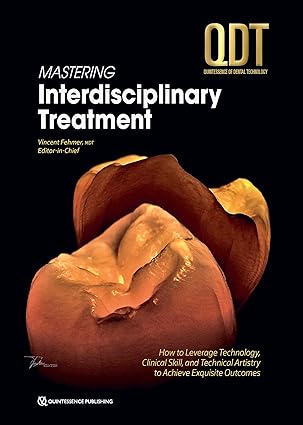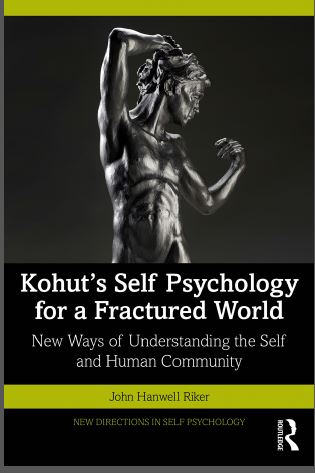SerieS Preface xii simple story highlights the importance of theory as the precursor to any effective intervention—and hence to a favorable outcome. Without a guiding theory, a psychotherapist might treat the symptom without understanding the role of the individual. Or we might create power conflicts with our clients and not understand that, at times, indirect means of helping (sunshine) are often as effective—if not more so—than direct ones (wind). In the absence of theory, a psychotherapist might lose track of the treatment rationale and instead get caught up in, for example, social correctness and not wanting to do something that looks too simple. What exactly is theory? The APA Dictionary of Psychology, Second Edition, defines theory as “a principle or body of interrelated principles that purports to explain or predict a number of interrelated phenomena” (VandenBos, 2015, p. 1081). In psychotherapy, a theory is a set of prin- ciples used to explain human thought and behavior, including what causes people to change. In practice, a theory frames the goals of therapy and specifies how to pursue them. Haley (1997) noted that a theory of psycho- therapy ought to be simple enough for the average psychotherapist to understand but comprehensive enough to account for a wide range of eventualities. Furthermore, a theory guides action toward successful outcomes while generating hope in both the psychotherapist and client that recovery is possible.
چکیده فارسی
داستان ساده سری xii اهمیت تئوری را به عنوان پیشرو برای هر مداخله مؤثر و در نتیجه برای یک نتیجه مطلوب برجسته می کند. بدون یک نظریه راهنما، یک روان درمانگر ممکن است بدون درک نقش فرد، علائم را درمان کند. یا ممکن است با مشتریان خود تضادهای قدرت ایجاد کنیم و نفهمیم که در مواقعی، ابزارهای غیرمستقیم کمک (آفتاب) اغلب به اندازه ابزارهای مستقیم (باد) مؤثر هستند - اگر نه بیشتر از آن. در غیاب نظریه، یک روان درمانگر ممکن است مسیر منطق درمان را از دست بدهد و در عوض گرفتار، مثلاً درستی اجتماعی شود و نخواهد کاری را انجام دهد که خیلی ساده به نظر می رسد. تئوری دقیقا چیست؟ فرهنگ لغت روانشناسی APA، ویرایش دوم، نظریه را به عنوان «اصل یا مجموعه ای از اصول مرتبط با یکدیگر تعریف می کند که مدعی توضیح یا پیش بینی تعدادی از پدیده های مرتبط با یکدیگر است» (واندن بوس، 2015، ص 1081). در رواندرمانی، نظریه مجموعهای از اصول است که برای توضیح افکار و رفتار انسان، از جمله آنچه باعث تغییر افراد میشود، استفاده میشود. در عمل، یک نظریه اهداف درمان را چارچوب بندی می کند و نحوه پیگیری آنها را مشخص می کند. هیلی (1997) خاطرنشان کرد که یک نظریه روان درمانی باید به اندازه کافی ساده باشد تا روان درمانگر معمولی بتواند آن را درک کند، اما به اندازه کافی جامع باشد که طیف وسیعی از احتمالات را توضیح دهد. علاوه بر این، یک تئوری اقدامات را به سمت نتایج موفقیتآمیز هدایت میکند و در عین حال هم در رواندرمانگر و هم در مراجع ایجاد امیدواری میکند که بهبودی ممکن است.
ادامه ...
بستن ...
It is with these two concepts in mind—the central importance of theory and the natural evolution of theoretical thinking—that the APA Theories of Psychotherapy Series was developed. This series was created by my father (Jon Carlson) and me. Though educated in different eras, we both had a love of theory and often spent time discussing the range of complex ideas that drove each model. Even though my father identified strongly as an Adlerian and I was parented and raised from the Adlerian perspective, my father always espoused an appreciation for other theories and theorists—and that is something I picked up from him. As univer- sity faculty members teaching courses on the theories of psychotherapy, we wanted to create learning materials that not only highlighted the essence of the major theories for professionals and professionals in train- ing, but also clearly brought the reader up to date on the current status of the models, future directions with an emphasis on the inclusive applica- tion of the theories with clients representing the range of identities. Often in books on theory, the biography of the original theorist overshadows the evolution of the model. In contrast, our intent was to highlight the contemporary uses of the theories, as well as their history and context— both past and present.
ادامه ...
بستن ...
